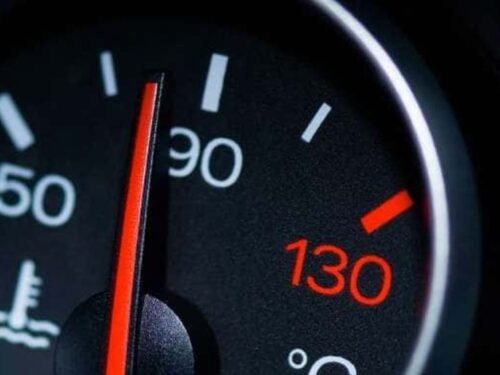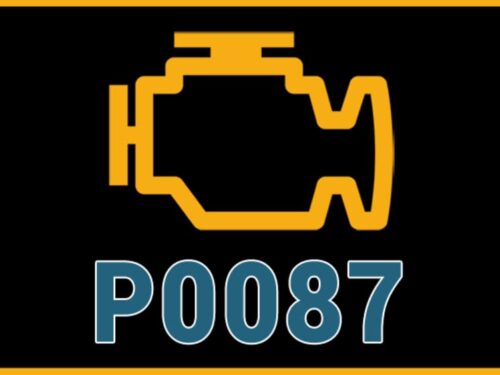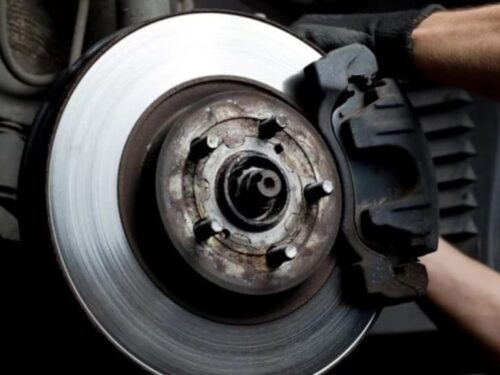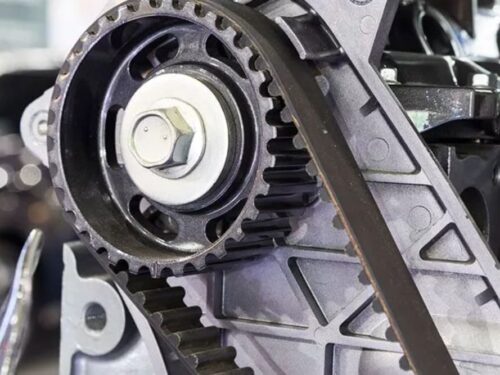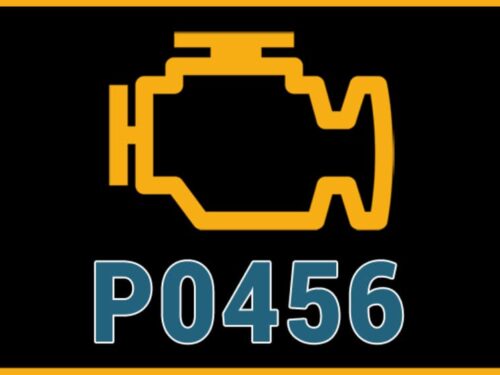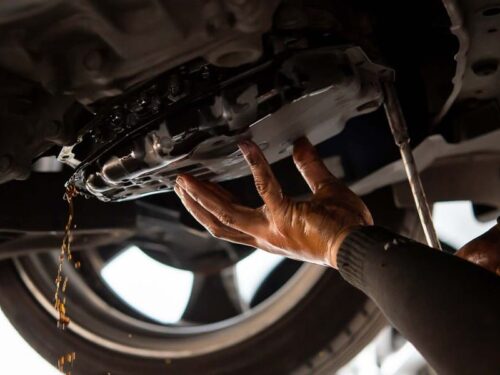
There are certain vehicle repairs that should be left to the professionals, but don’t sell yourself short! Plenty of simple repairs can be done with some basic tools and experience.Here are some repairs you can do yourself, with the required skill level ranked on a 1-10 basis.
Replacing the Fuel Filter [Skill level 3]
Fuel filter replacement is recommended at regular intervals. Leaving your filter dirty overtime reduces your vehicle’s reliability and efficiency, so it is important to keep up with a maintenance schedule. All you need to do is disconnect the battery, release the fuel line pressure, disconnect the fuel line from the filter, replace washers, install the new filter, then start the vehicle to check for leaks. Check with your local government to see if they have a fuel filter recycling program so you can properly dispose of the old filter.
Replacing Brake Pads [Skill level 6]
Changing brake pads is one of the most important maintenance servicing schedules you should stick to. When you allow brakes to become so thin that they damage other parts of the system, repairs are very costly. Don’t compromise the safety of yourself and those around you. You will need a car jack, lug nut wrench, socket set and a c-clamp.
Replacing Spark Plugs [Skill level 2]
Changing your spark plugs regularly keeps your car running efficiently. Over time, the metal on the electrodes wear and become coated with carbon deposits. This effects the ability of the plug to ignite the fuel/air mixture, therefore reducing overall efficiency. There are a number of different specialty plugs out there, but if you are unsure, stick with the same plugs that originally came with the vehicle. To begin you must remove the ignition wires from the old spark plugs, remove the plugs with a socket wrench, install the new plugs, then coat the inside of the ignition wire boots with dielectric grease.
Power Steering Flush [Skill level 2]
You can do this in your own garage with a turkey baster. The best way to go about doing this is to siphon as much of the old power steering fluid out of the fill canister located inside the engine compartment, placing it in a plastic container that can be transported to an oil recycling facility. Next, simply pour in the new fluid, start the vehicle, and work the steering wheel back and forth. Let the engine cool a bit and then work the steering wheel again. Perform this process three or four times until the fluid appears clear.
Replacing Transmission Fluid [Skill level 7]
A lot of auto mechanics now practice a transmission flush, where they take clean fluid and flush it through the automatic transmission, therefore pushing out all the contaminated oil from the system. However, some say this can lead to transmission problems. The old-fashioned way is just as if not more effective and less expensive. Using a jack and a couple of stands, you will need to lift your vehicle into the air, then climb under and remove the pan bolts to the transmission. Dump the old fluid into a large plastic container with a lid. Replace the transmission fluid filter and clean the inside of the transmission pan. Make sure not to over-tighten bolts when reinstalling the pan, as it may cause leaks.
Courtesy of aeroautoparts


